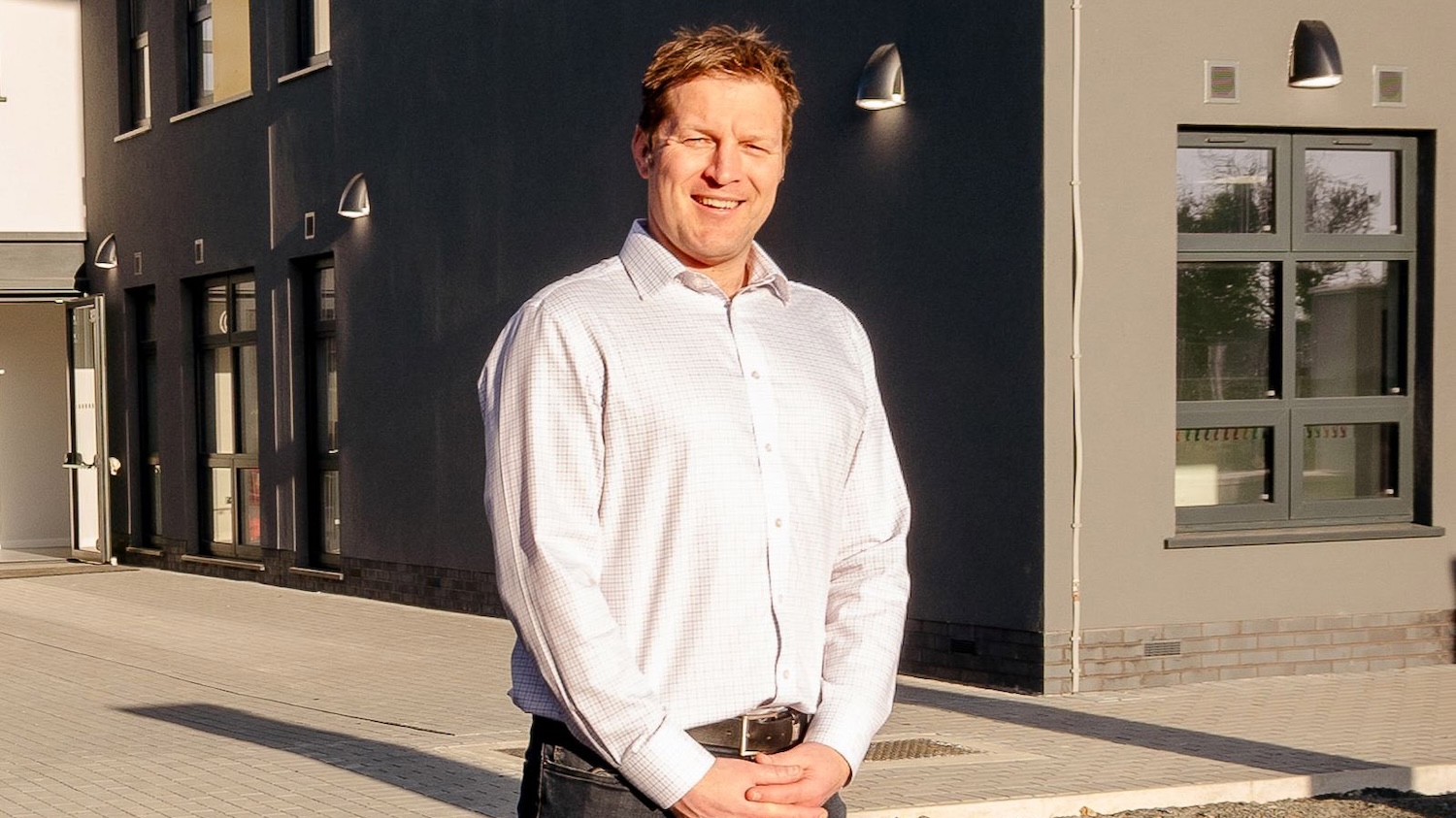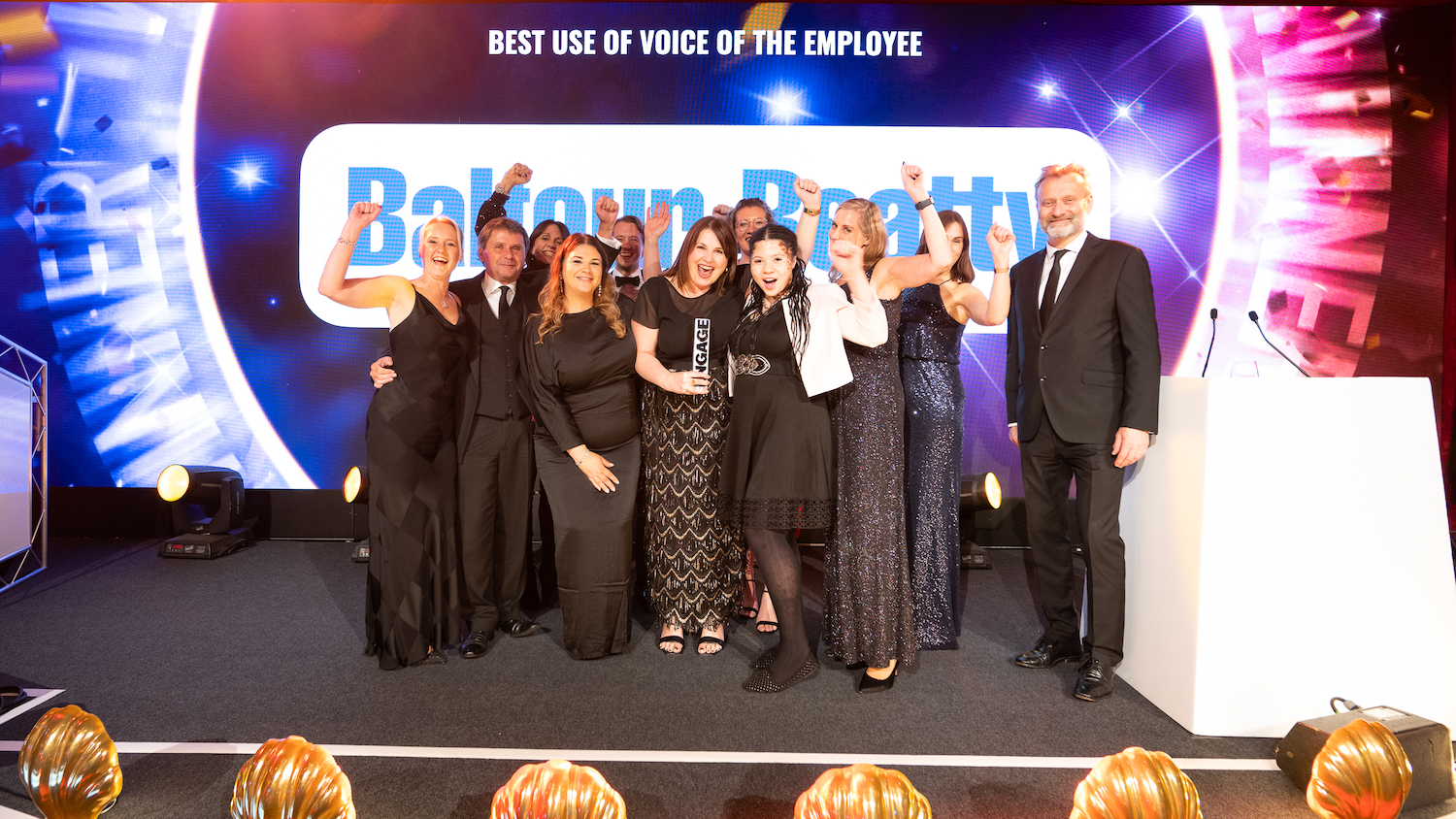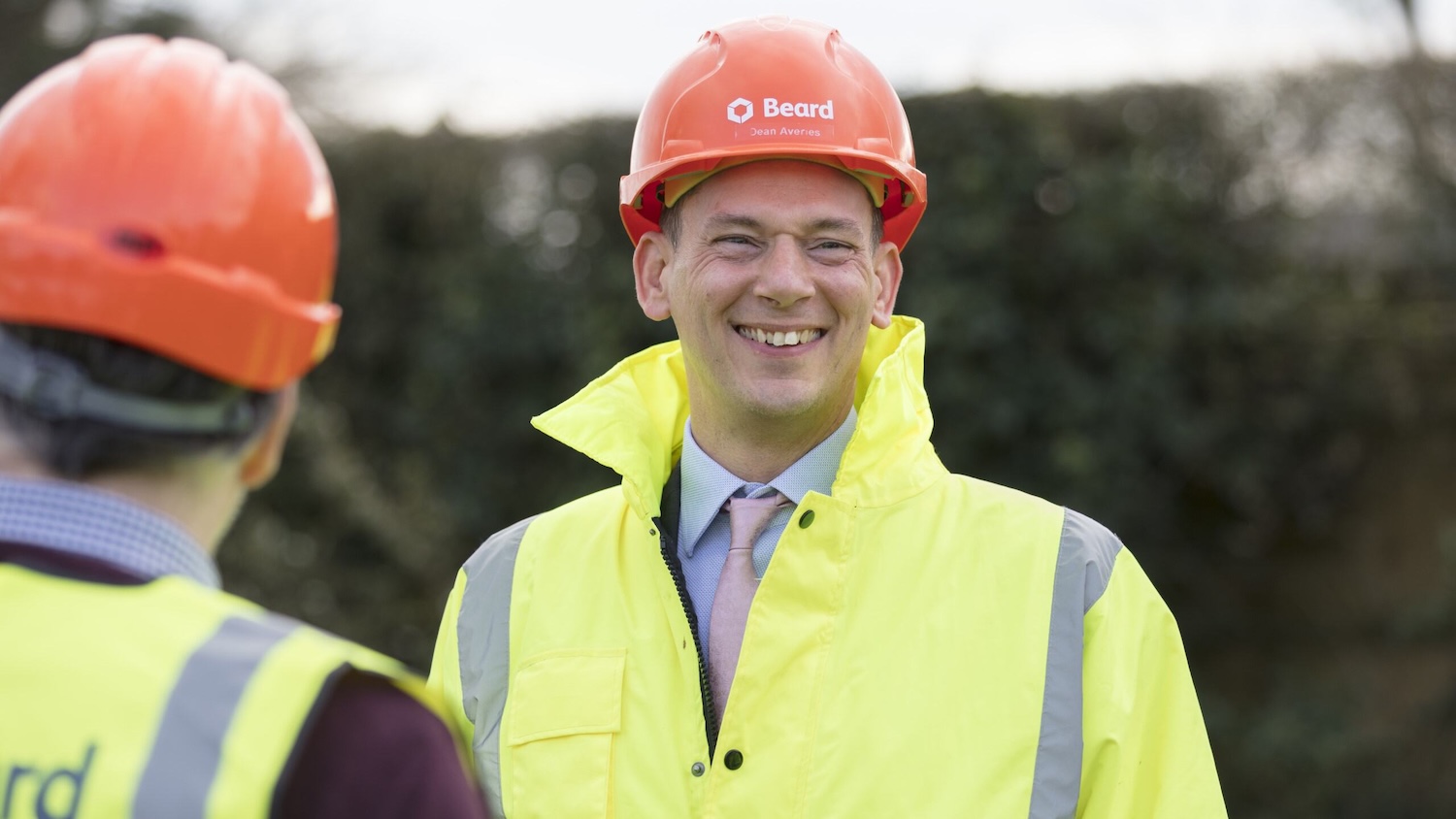
Leadership traits: five rules for effective team management
When balancing the wide-ranging demands of day-to-day work, how can construction leaders build teams well – and keep them motivated?
Leading organisations and project teams is a complex art, one that requires a range of skills.
According to DSA Building Performance founder and coach Dave Stitt FCIOB, construction leaders have a particularly “tough gig”.
He explains: “They’re operating on slim margins, they’ve got difficult clients and there’s a skills shortage. Construction is high carbon and every job virtually is a prototype. That’s the environment in which they’re operating.
“I love the construction industry… I admire the people who work in it. They come to work to get stuff done and things built.”
Stitt highlights the old proverb that “the fish rots from the head”, which underlines the importance of effective leadership and its potential impact on projects.
“If the head is rotten, the rest is going to be rotten,” he says.
So, what are the most important traits of effective construction leadership?
1. Balance competing priorities
For construction leaders, there is an important balance to be found between the need to focus on tasks and the need to focus on people.
There is huge scope, for example, for innovation in the sector. Simon Rowland, Womble Bond Dickinson partner and head of the construction team, says: “In terms of innovation, from the construction industry’s perspective there are massive opportunities – from modern methods of construction to huge leaps forward in technology, AI and information modelling.”
Going forward, Rowland believes: “Driving efficiencies is going to be key, particularly with ongoing materials and skills shortages, ever more tightly squeezed profits and continuing high insolvencies.”
Stitt also sees a task focus as a “positive trait”. However, he emphasises the need for balance as it can mean “you’re not spending energy on your people, and it’s them who get the job done”.

Building safety reform and net zero challenges are racing towards us and require insight and foresight into what changes should be made to how we do business, partner with one another and ensure compliance in this ever-changing regulatory landscape
He explains: “Almost all the people I work with are task focused, and focused on getting the job done. Part of getting the job done is getting tasks completed.
"It’s natural that people who come into construction want to get things built and are task focused. But they’re not engaging with their people, getting them on board and building their team.”
In addition, clarification of who is responsible for people development within a business or project team is needed. “Project directors say HR are responsible and HR say it’s project directors,” Stitt says.
“There can be a stand-off between HR and the project leadership team and, in the meantime, their people are left to fend for themselves.”
This often means disgruntled employees resign and move on, which in turn poses more challenges.
“So, we have this skills shortage, which is also a leadership issue,” Stitt says. “Leadership is about providing direction and then creating an environment where everyone can come to work and do their best work.”
2. Empower the workforce
Focusing on people and cultivating a motivated workforce is also beneficial for construction leaders and their teams.
At times in the construction industry, the default conversation is “command and control”, which doesn’t necessarily encourage this.
Stitt explains: “People are telling people what to do, but if I’m your boss and tell you what to do, you just stop thinking for yourself and wait for orders.
“It just doesn’t work effectively, particularly for Millennials and even more for Gen Z. Command and control is holding the industry back.”
To combat these challenges, Stitt is training people in “how to go about things using a coaching style of management rather than command and control”.
This involves asking more, listening more and enabling people to think for themselves rather than giving them the answer and telling them what to do.
However, amid the daily challenges in the construction industry, this is at times easier said than done.
“People are frantically busy and it’s easier for them to say: ‘just do this’,” Stitt says. “To ask questions, listen and enable takes time and commitment to the other person’s success rather than just getting the job done.”
3. Have a long-term focus
Another useful trait for construction leaders to develop is looking to the future. Long-term planning has the potential to helpfully complement innovation in the industry, according to Rowland.
He says leaders can take “a collaborative approach to avoid disputes, nurture relationships with clients and employers and move away from adversarial fixed-price lump-sum contracting at low margins”.
He adds: “Building safety reform and net zero challenges are racing towards us and require insight and foresight into what changes should be made to how we do business, partner with one another and ensure compliance in this ever-changing regulatory landscape.
“Good leaders must take a holistic approach to contracting – and contracting well too – from the types of projects we undertake, including creating sustainable communities, as well as looking to the communities we build and sustain inside our own organisations through increased diversity, mental health support and wellbeing.”

To ask questions, listen and enable takes time and commitment to the other person’s success rather than just getting the job done
Meanwhile, Stitt believes the industry’s primary focus tends to be “urgent” issues, while “important [issues] will have to wait for another day”.
He explains: “There’s a lot of firefighting to get the project built, shooting from the hip, reacting. Important things like net zero, diversity, developing people aren’t on the radar for today.
"There’s a fixing mentality and problem solving. If it’s not urgent it’s going to have to wait.”
As such, Stitt believes leaders must slow down and "tune into what’s important to them, their organisation and their team and then work out what to do about it, together”.
4. Give people purpose
People need purpose and meaning in their work, along with an appreciation of the bigger picture to which they are contributing.
For example, where one worker might say they are putting one brick on top of another brick, another might say that they are building a cathedral. These are two very different perspectives.
“The second person has a much better sense of the meaning of their work,” Stitt says. “We’re dealing with massive issues. The purpose of the industry, of an organisation and projects. Purpose is a leadership conversation.
“We employ fantastic people and yet it’s those guys at the top who are trying to do everything themselves. People want a sense of meaning in their work and to be able to get on with it.”
5. Do the right thing
According to Rowland, “simply doing the right thing” should also be at the forefront of leaders’ thoughts.
“Gone are the days when leaders could simply chase turnover without care or consideration, relying on claims to increase their margins because the focus has now turned to sustainable growth and relationships, where there is a fairer and better allocation of risk and reward,” he says.
“We need to encourage these good leadership traits throughout the industry to break the vicious cycle of boom and bust, which does nothing to encourage young people to invest their futures in the industry.”
Stitt adds that in construction, ethics are rarely discussed and are not tested against codes of conduct, unlike in other professions. “Some of the behaviours in the construction industry are unethical,” he stresses.
Comments
Comments are closed.








To add the the above I would add that Leaders have to become masters of themselves first.
You wouldn’t accept fitness lessons from someone who was not fit.
Temet Nosce “Know Thyself” and other personality traits.
One of the Delphic maxims
is a philosophical maxim which was inscribed upon the Temple of Apollo in the ancient Greek precinct of Delphi.
Good article. I did some CIOB leadership training with Dave Stitt last year, really good. The coaching leadership model really resonated with me. I’m implementing it now and hope to continue implementing it over the coming years.
Great aspirational leadership traits, sadly we still have a lot of old fashioned managers and leaders who will squeeze staff and subcontractors, ignore micromanage teams, have short term aims and chase turnover. Not all leaders have degrees in management and understand needs or employees and supply chains.